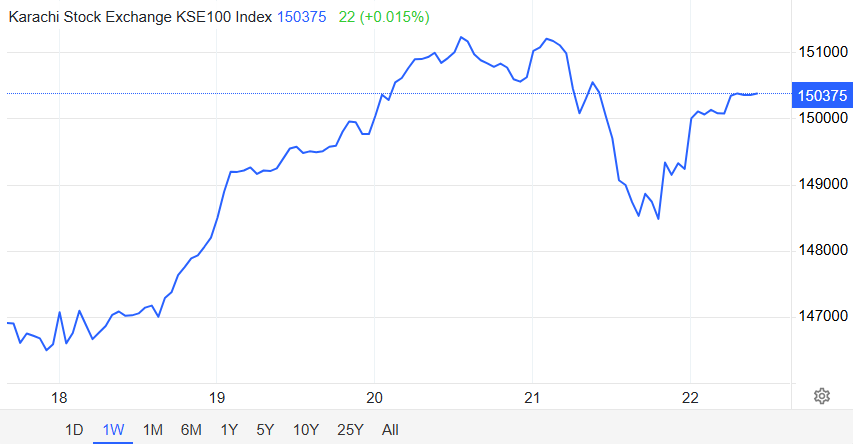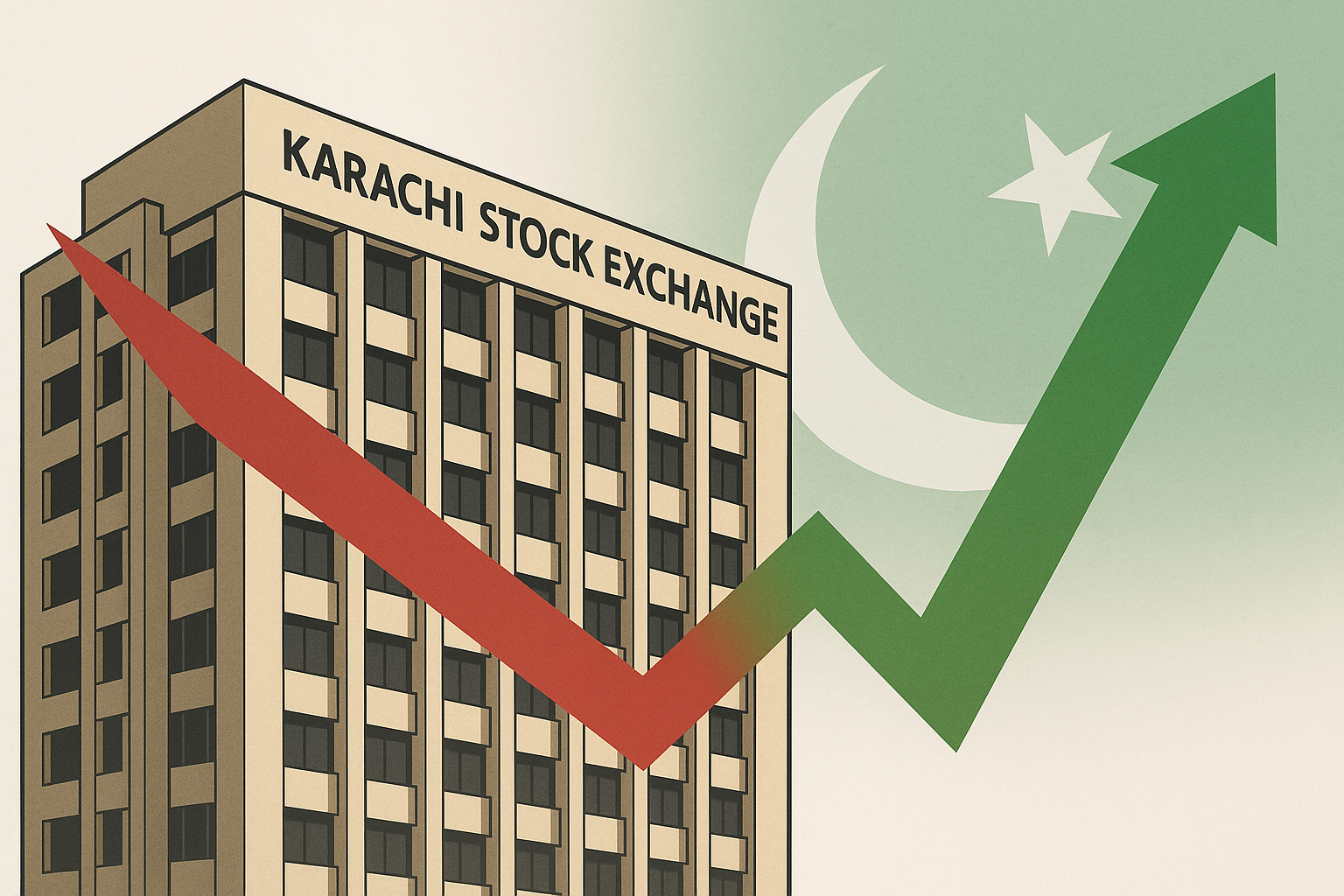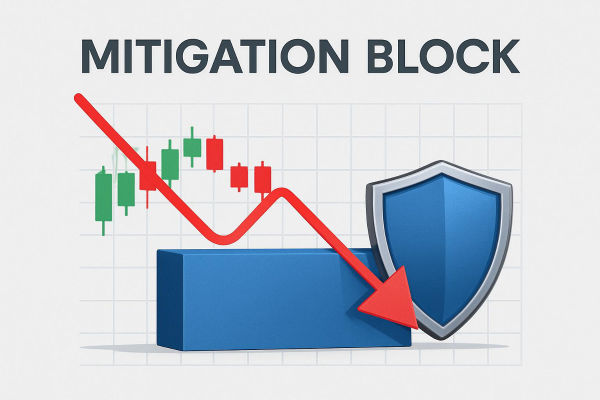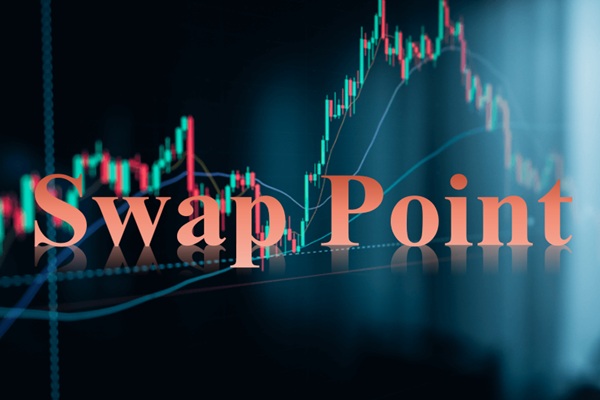The recent drop in the Pakistan Stock Exchange today was primarily caused by rising political uncertainty following the Supreme Court's acceptance of bail pleas for former Prime Minister Imran Khan, combined with ongoing economic pressures such as inflation and fiscal concerns. These factors unsettled investors, triggering broad-based sell-offs across key sectors and leading to sharp market declines.
What Happened in the Pakistan Stock Exchange Today?

Today's drop in the Pakistan Stock Exchange (PSX) reversed earlier gains, with the benchmark KSE-100 index falling sharply amid heavy selling pressure. The index declined by approximately 1,350 points, or about 2.8%, during intraday trading before closing down around 1% by the day's end. Market turnover surged to over 400 million shares, reflecting heightened volatility and nervous investor behaviour.
Analysis of trading patterns shows a notable increase in domestic retail investor sell-offs, while foreign institutional investors reduced their holdings modestly, reflecting caution amid regional political and economic uncertainties.
How Did Political Developments Affect the Market?
A key trigger for the market sell-off was the Supreme Court's acceptance of bail pleas for former Prime Minister Imran Khan in cases related to the May 9, 2023, riots. This political development increased uncertainty and investor nervousness. Political instability can have profound impacts on local markets as it affects policy continuity, investor confidence, and foreign investment flows.
According to market analyst Saad Hussain from Capital Insights, "The market's reaction underscores how political stability remains critical for investor confidence in Pakistan. The Supreme Court's decision has introduced near-term risk aversion, especially among retail investors."
In Pakistan's history, political events have often coincided with sharp market movements, both upward and downward. Today's drop reflects investors' cautious stance in the face of potential policy shifts or increased political turbulence.
What Economic Pressures Are Impacting the Market?
Pakistan continues to face formidable economic challenges that exacerbate market volatility. Rising inflation, a widening current account deficit, and fiscal pressures have kept investors wary. Currency depreciation trends and inflationary pressures threaten corporate profitability and valuations, contributing to sell-offs.
Recent government initiatives aimed at macroeconomic stabilization include seeking IMF programme support, adjusting tax policies, and energy sector reforms. While these efforts are steps forward, uncertainty remains over implementation timelines and impacts, which investors are pricing in.
Interest rate policies and external debt servicing remain critical areas that investors monitor. Any indication of tighter monetary policies or economic slowdown can trigger sell pressure in equities, especially in interest rate-sensitive sectors like banks and consumer goods.
Which Sectors Were Most Affected?
Several sectors bore the brunt of today's market decline:
-
Banking: Financial stocks led selling due to worries about rising non-performing loans and margin compression amid tighter monetary policy.
-
Cement: Cement companies slipped as infrastructure spending concerns and rising costs impacted forecasts.
Fertiliser: Fertiliser firms dropped on fears of subsidy reductions and rising input prices.
Understanding sector-specific dynamics allows traders to adjust exposure and identify potential bargains amid volatility.
What Does Market Sentiment Tell Us?
Market sentiment today was dominated by risk aversion. Investors liquidated positions, opting for safer assets amidst headline-driven uncertainty. The volume of shares traded surged, signalling a panic sell-off phase rather than measured profit-taking.
Retail and foreign institutional investors reacted differently. While some foreign participants reduced exposure due to geopolitical risks, domestic retail investors showed signs of nervous selling, often exacerbated by rumours and negative news cycles.
What Does Technical Analysis Suggest?
From a technical viewpoint, the KSE-100 index breached key support levels during today's trading. This breakdown could lead to further selling pressure if the index fails to reclaim these levels. Traders using technical analysis should watch volume trends, moving averages, and momentum indicators carefully.
Key levels to monitor include:
-
Support near 45,000 points, which, if broken, could lead to deeper corrections.
Resistance zones between 46,500 to 47,000 points, where buying interest may re-emerge.
Technical signals combined with fundamental news can guide entries and exits for both short-term traders and longer-term investors.
What Strategies Can Traders Use Amid Turbulence?
-
Diversification: Spread exposure across multiple sectors to reduce risk from concentrated sector declines.
-
Stop Losses: Use stop-loss orders to protect capital from sharp downward moves.
-
Focus on Quality: Prioritise fundamentally strong companies with solid earnings and balance sheets.
-
Stay Informed: Track political and economic news closely, as these can rapidly change market dynamics.
Use CFDs: Trading CFDs on the PSX can offer flexibility to go long or short, benefiting from both rises and falls.
Traders should combine technical and fundamental approaches to navigate today's uncertain market effectively.
What Is the Market Outlook and Recovery Potential?

While today's drop has unsettled investors, some analysts see this as a temporary correction amid broader macroeconomic reforms. Progress toward stabilising the economy, improving fiscal discipline, and clearer political signals could restore confidence.
Moreover, valuation metrics suggest some stocks remain attractively priced for medium to long-term investors. Volatility can yield opportunities for those with adequate risk tolerance and robust trading plans.
Frequently Asked Questions (FAQs)
Q1: Can the Pakistan Stock Exchange Recover Quickly From Today's Drop?
Yes, the market can recover if political stability improves and economic reforms gain traction. However, short-term volatility is likely until clearer signals emerge.
Q2: What Could Make the Market Situation Worse in the Near Future?
Further political unrest, delays in IMF programme implementation, worsening fiscal deficits, or external shocks like global commodity price rises could lead to deeper declines.
Q3: Which Investors or Sectors Are Most Affected by the Current Downturn?
Retail investors tend to be more vulnerable due to panic selling. Interest rate-sensitive sectors like banking and consumer goods are also heavily impacted.
Q4: How Does Pakistan's IMF Programme Influence Market Sentiment?
Successful negotiations and disbursement of IMF funds typically boost confidence, signalling economic support and reform commitment. Delays or disagreements can heighten uncertainty and sell-offs.
Q5: Should Traders Adjust Their Strategy Given Recent Developments?
Yes, adopting risk management, focusing on quality stocks, and staying informed on political and economic news are crucial to navigating the current volatility.
Q6: Is It Advisable To Use CFDs To Trade in the Current Market?
CFDs offer flexibility to profit from both rising and falling markets, but they carry risks. Traders must use proper risk controls like stop-loss orders when deploying CFDs in volatile conditions.
Conclusion
The Pakistan Stock Exchange's sharp drop today was driven primarily by political uncertainties and ongoing economic challenges. For traders, understanding these factors and employing disciplined strategies can help manage risk and seize opportunities in the volatile environment. Staying updated on developments and using flexible trading instruments like CFDs may provide sustainable advantages in navigating PSX today.
Disclaimer: This material is for general information purposes only and is not intended as (and should not be considered to be) financial, investment, or other advice on which reliance should be placed. No opinion given in the material constitutes a recommendation by EBC or the author that any particular investment, security, transaction, or investment strategy is suitable for any specific person.








